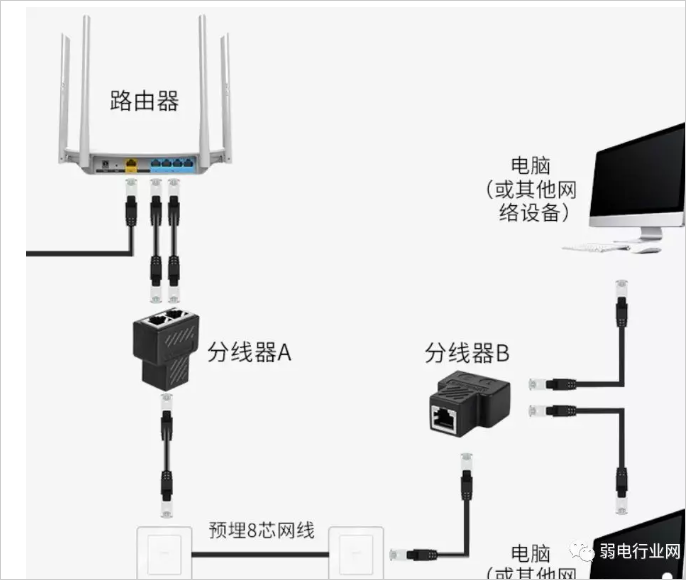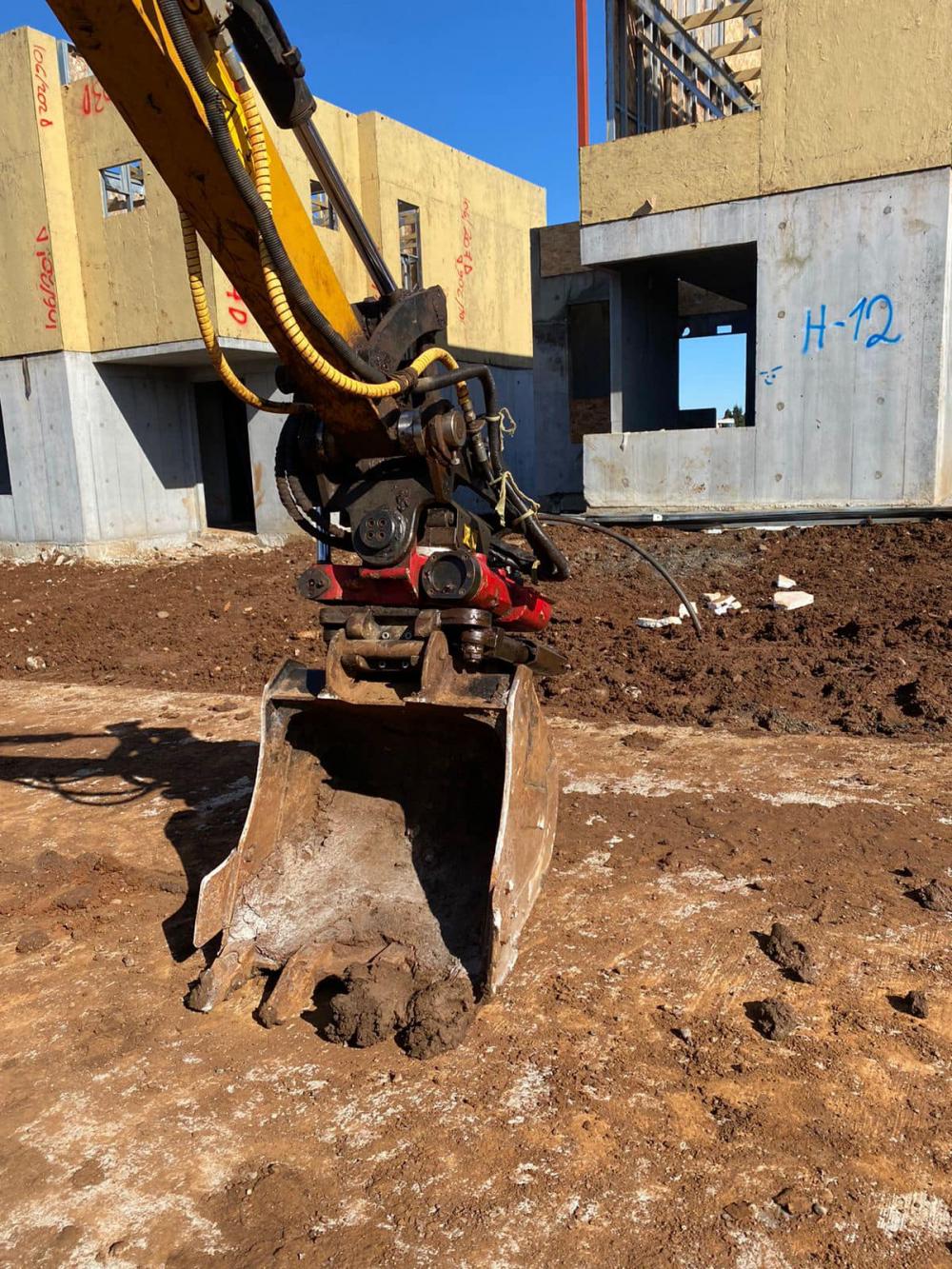CATSU digging bucket is a type of Excavator Attachment that is used for digging and excavating soil, rocks, and other materials. It is typically made of heavy-duty steel and features sharp teeth or edges on the bottom to help break through tough materials. Digging buckets come in a variety of sizes and shapes to suit different excavation needs and can be attached to a range of different types of excavators.
When it comes to construction and excavation projects, having the right equipment is essential for efficient and effective work. Two commonly used attachments for excavators are digging buckets and sorting buckets. While both serve different purposes, they offer distinct advantages depending on the nature of the job at hand.

Advantages of Digging Buckets:
1. Excavation Efficiency: Digging buckets are specifically designed to penetrate the ground quickly and efficiently. They feature sharp teeth or cutting edges that enable them to break through various types of soil, rocks, and debris. This makes them ideal for digging trenches, foundations, or any task that requires substantial earthmoving.
2. Increased Productivity: The design of digging buckets allows for larger volumes of material to be moved at once. This, in turn, helps to increase productivity by reducing the number of passes required to complete a task. With a digging bucket, operators can save time and effort, ultimately accelerating the project timeline.
3. Versatility: Digging buckets come in various sizes and configurations, allowing for versatility in different excavation tasks. They can be equipped with different teeth options or additional features like tilt rotators, enabling operators to adapt to different soil conditions or project requirements.
Advantages of Sorting Buckets:
1. Enhanced Sorting Capabilities: Sorting buckets are specifically designed for separating materials on-site. They typically feature a grid or sieve-like structure that allows smaller particles to fall through while retaining larger ones. This makes them ideal for tasks like sorting rocks, debris, or separating different materials during recycling processes.
2. Cost and Time Savings: By using a Sorting Bucket, operators can eliminate the need for manual sorting or additional equipment, which can save both time and money. The ability to separate materials directly on-site eliminates the need for separate sorting facilities, reducing transportation costs and increasing operational efficiency.
3. Environmental Benefits: Sorting buckets contribute to environmental sustainability by enabling the separation and recycling of materials. By sorting and recycling on-site, construction projects can reduce the amount of waste sent to landfills, minimize the need for new raw materials, and lower the overall carbon footprint.
Conclusion:
While digging buckets excel in excavation efficiency and productivity, sorting buckets offer advantages in material separation, cost savings, and environmental sustainability. The choice between the two attachments depends on the specific requirements of the project and the desired outcomes. By understanding the advantages of each, construction professionals can make informed decisions and optimize their excavation processes.
Excavator Digging Bucket,24 Digging Bucket,600Mm Digging Bucket,Cat Digging Bucket
CATSU Hydraulic Machinery Equipment Co.,Ltd , https://www.tiltrotatorcat.com